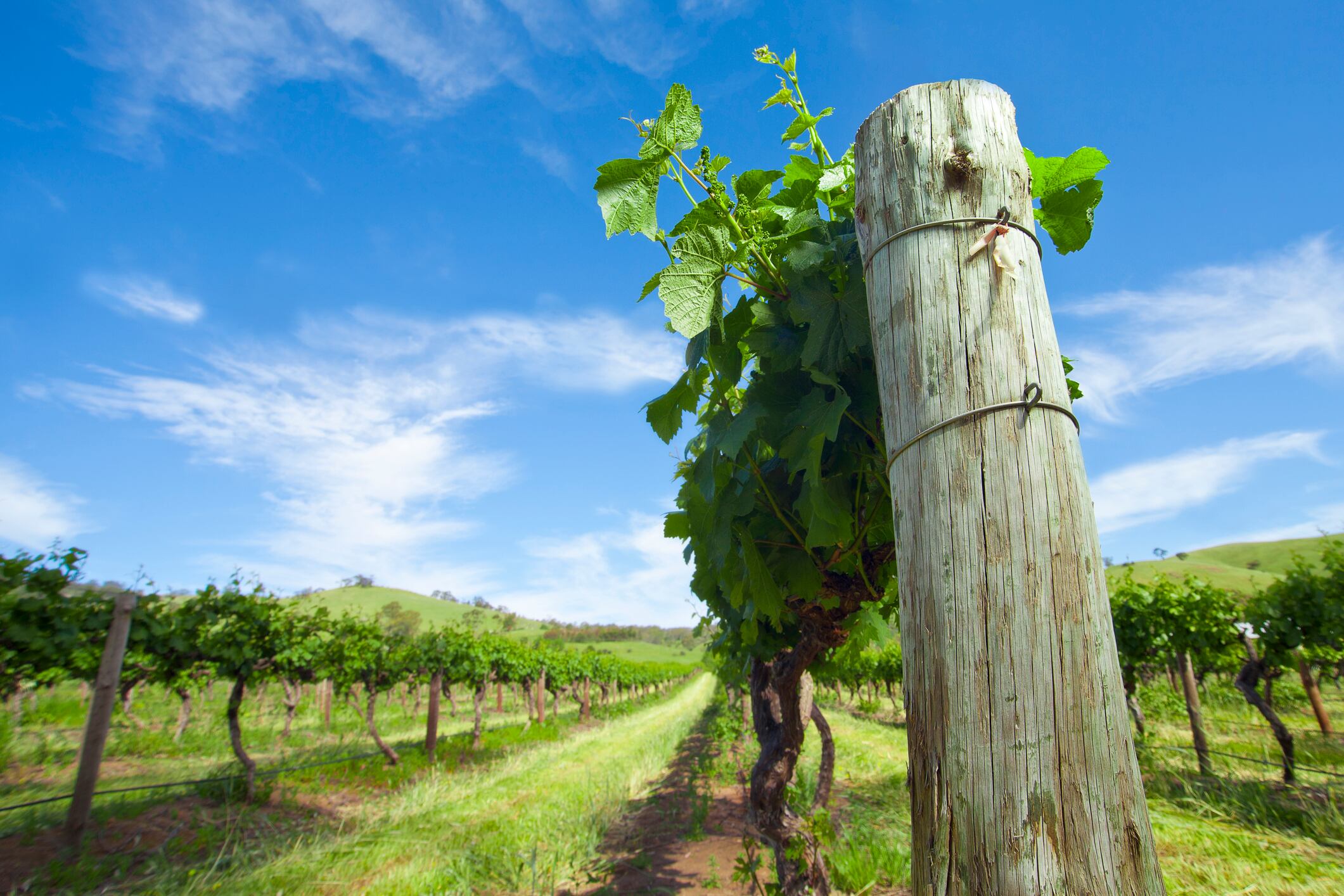The so-called “King of Australian Wine” is in the midst of a spending spree that this year has seen it take ownership of the 320 hectare Tanunda Hill in the Barossa in August and now a further 142 hectares in McLaren Vale.
His Randall Wine Group now owns about 3,500 hectares of premium red wine vineyards across South Australia, with 760 hectares of these coming from acquisitions across the state this year.
The group has become the biggest vineyard owner in McLaren Vale, with 750 hectares under cultivation. And with 1,600 hectares of vines in the Barossa, it is the biggest there as well.
Demand for Australian wine
These acquisitions and others previously, such as the 2017 purchase of two wineries discarded by Penfolds owner Treasury Wine Estates, the Ryecroft winery and the historic Quelltaler winery and a large vineyard holding in the Clare Valley, might sound like a case of empire-building, but they are crucial to boost production and supply wine’s new world order.
The Australian export market is being turned on its head with the rise in demand for its wines in China, which in turn has more than made up for its slippage in traditional markets like the United States and United Kingdom.
Speaking at the Australian Wine Industry Technical Conference in July, Randall said South Australia was well placed to supply the burgeoning Chinese demand for red wine in particular.
He also told Australian winemakers at the conference in Adelaide to be “China-ready” as the country is poised to become the largest consumer of wine in the world, surpassing the US “within the next 15 to 20 years”.
“China has come from nowhere to be Australia’s largest wine export market by dollar value and its second largest by volume behind the United Kingdom, recently displacing the US,” Randall said, adding that his company now sells the same amount to China in three days as it used to ship there in a year, just two decades previously.
“These numbers can be numbing but they must be comprehended to understand the magnitude of the market before us.
“The Chinese middle-class consumer will become the most targeted consumer in the world and these consumers also need to be the target of the Australian wine industry,” he added.
China-Australia Free Trade Agreement
Based on figures from the first five months of 2019, Australia has overtaken France to become the number one imported wine supplier to mainland China by value. This follows the removal of all import duties on Australian bottled and bulk wine from January 1 this year, under the China-Australia Free Trade Agreement.
The most recent data released by Wine Australia showed exports by Australian wine companies to the United Kingdom slipped by 4% to A$365m (US$249m) in the 12 months to the end of September, while the value of wine exported to China for the same period increased by 18 per cent to A$1.25bn (US$850m).
With this new emerging market growth tailored more to the premium segment than to volume sales, wine companies like Randall Wine Group have been making an aggressive play for Chinese share. Randall’s business has already established a winery in a joint venture with Minquan Jiuding Wine—the Chateau Seppeltsfield Minquan property, opened in 2017, is the first of its kind in China to have a part ownership stake with an Australian winemaker.
When Randall Wine Group acquired the Tanunda Hill vineyards in August, Warren Randall said the move made two clear statements of intent, namely: “Our belief in the importance of the Barossa as Australia’s premier winemaking region, and our strong desire and commitment to supply the burgeoning demand for luxury Australian red wine in China.”
The acquisition now gives the group the biggest vineyard holding ever in Barossa history, totalling 20% of the region’s total red vineyards, and putting Randall in a strong position to consistently supply in excess of 12m bottles of Barossa luxury red wine—a favourite among the booming Chinese market.
The biggest challenge? Having enough wine to quench demand
But Barossa Valley wines are not alone in fuelling Far East demand. Sales of wine from McLaren Vale, the location of Randall’s latest acquisitions, to China increased by 64% for the last year, amounting to A$47.6m (US$32.5m). At the same time, total exports from the wine region broke through the A$100m barrier for the first time, registering a 10% increase over all.
Speaking at the Adelaide conference this year, Randall said the China-Australia free trade agreement, Australia’s clean and green credentials and China’s booming middle class had fuelled the current boom.
“China is our highest value market and any exporting country should always prioritise maximising price and returns of their products,” Randall said.
“South Australia is extremely well placed to supply China because it produces 80% of Australia’s premium wine. The challenge for Australia is we will not have enough wine to satisfy China’s thirst.”

